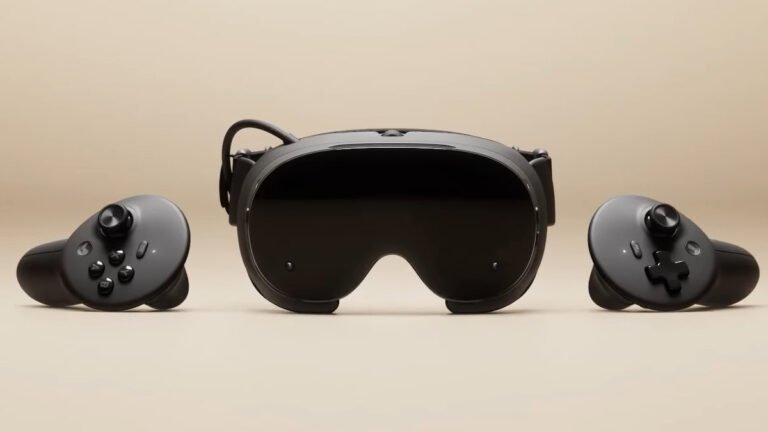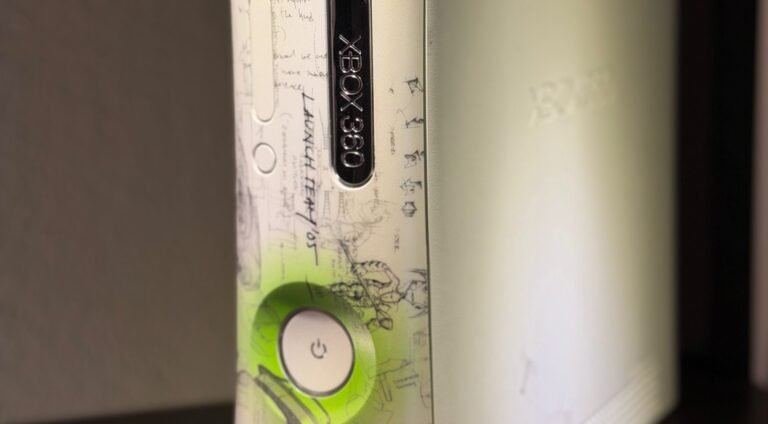

Have you ever heard about “underwater communication” technologies? Well, this particular and interesting segment is about getting a massive speed injection. Japanese electronics manufacturer Kyocera has successfully demonstrated a new wireless optical communication system that uses lasers to deliver fiber-like bandwidth beneath the waves, achieving an astonishing data transfer rate of 5.2 Gigabits per second (Gbps).
This breakthrough represents a colossal leap over traditional acoustic communication systems. These kinds of telecommunications typically cap out at just a few megabits per second (Mbps). That difference is revolutionary: Kyocera’s tech is approximately 2.5 times faster than typical underwater optical setups, instantly enabling real-time video streaming, high-resolution imaging, and immediate data access for oceanographic research and underwater robotics. It’s noteworthy that the company carried out the tests in laboratory conditions. However, the results are still impressive, and the potential is vast.
Kyocera’s laser system revolutionizes underwater communication: 5.2Gbps
There are two core elements that enable this innovation. There is Kyocera’s proprietary Physical (PHY) layer and an ultra-wide optical front-end circuit that expands bandwidth beyond 1 GHz. Essentially, this allows the system to convert digital data into focused laser light beams at blue wavelengths—optimal for water transmission. It also allows devices to transmit significantly more information in the same timeframe.
Even in a demanding offshore trial near Numazu City, Japan, the system previously demonstrated a respectable 750 Mbps. Although factors like turbidity, fish, and debris can affect performance, the technology promises to excel in short-range, high-volume data transfer.
This speed changes the game for underwater autonomous vehicles (AUVs) and submerged infrastructure. Underwater surveillance drones could swiftly relay real-time, high-definition information to manned or unmanned vessels on the surface. Other potential practical use cases include high-precision structural inspections or simultaneously collecting data from multiple static sensors. Technology would make everything possible without the need for cumbersome fiber optic cabling.
Great potential
While the lasers require a direct line of sight, which limits use in turbulent or highly obstructed areas, the technology holds great promise. It could augment existing underwater systems, serving as a high-speed data dock for close-range communication. the solution would be very useful for transmitting data between a drone and a charging station, for example. It could also ensure rapid data transfer in less contested underwater spaces.
Kyocera plans to showcase this disruptive technology at the upcoming CES 2026 exhibition. There we will see if the firm can resolve the latency and bandwidth bottleneck beneath the ocean’s surface.
The post Kyocera Hits 5.2Gbps with Underwater Wireless Laser Tech appeared first on Android Headlines.


